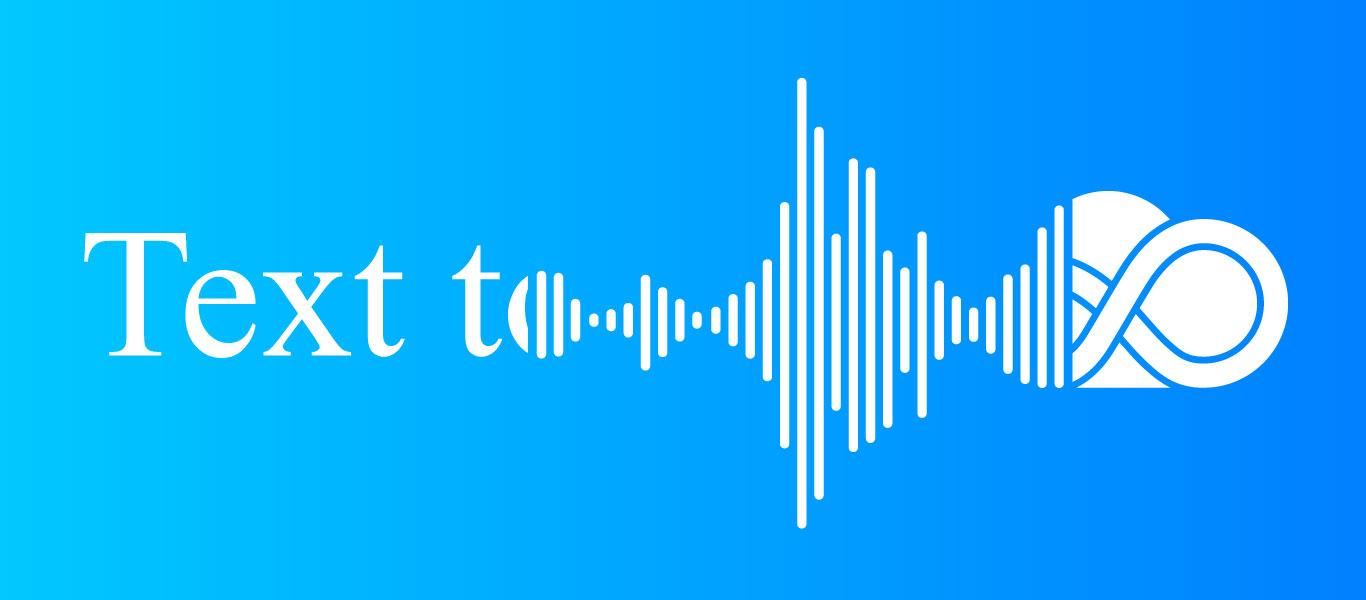
What is TTS?
Text to speech (TTS) is a technology that has revolutionized the way we interact with our devices. By converting written text into synthesized speech, TTS has made it possible for individuals with visual impairments or reading difficulties to access written content. TTS technology has come a long way since its inception, and its applications continue to expand. In this article we will discuss the history and future of TTS. NGNCloudComm Text to Speech options allow users to easily build and use advanced TTS features and we will review this as well.
TTS is useful for several Contact Center applications because it allows a system to put variable data into voice. For example, you can call a phone number to hear a voice tell you the current temperature and weather forecast. The dynamic values of the changing temperature and forecast are loaded from text to a voice over the phone. Bank systems use TTS to read back account balances or specific transaction details over the phone. Interactive Voice Response or IVR systems use TTS to read back voice or button inputs made by users.
History of TTS
The origins of TTS technology can be traced back to the early 1950s when researchers first began experimenting with speech synthesis. At that time, the focus was on creating single-syllable sounds, and the technology was limited to generating short words and phrases. However, as the technology improved, researchers were able to produce longer words and eventually full sentences.
In the 1970s, Bell Laboratories developed one of the first commercially viable TTS systems, called “KlattTalk“. This system could produce high-quality synthesized speech, and it became the basis for future TTS systems.
TTS technology continued to advance with researchers developing new techniques for generating synthetic speech. One of the drawbacks of TTS is the robotic sound of the voice. In the 1990s, the use of Hidden Markov Models (HMMs) became popular in TTS systems. HMMs allowed for more natural sounding speech by modeling the variability in speech patterns. Making TTS sound like a real person is still a focus today specifically for Contact Centers.
The rise of neural networks in the 2000s marked a breakthrough in TTS technology. By training deep neural networks on large datasets of human speech, TTS systems could generate more natural sounding voices. Additionally, neural TTS systems could be trained to mimic the speech patterns and accents of specific individuals. It is worth noting that NGNCloudComm used a neural network for predictive outbound dialing as early as 1995. NGNCloudComm Text to Speech options have been developed and improved since it’s original release.
Current uses of TTS Technology
Today, TTS technology is used in a variety of applications. One of the popular uses is in personal assistants such as Siri, Alexa, and Google Assistant. These systems use TTS technology to generate spoken responses to user queries.
TTS technology is also widely used in navigation systems. GPS devices use TTS to provide spoken turn-by-turn directions to drivers. This allows drivers to keep their eyes on the road while still receiving necessary information about their route.
Another application of TTS technology is in audiobooks. TTS allows publishers to create audio versions of books quickly and cost-effectively. Additionally, TTS systems can be used to generate audio descriptions of images or other visual content, making it accessible to individuals with visual impairments.
TTS technology has also become an essential component of assistive technology. Individuals with visual impairments or reading difficulties can use TTS to access written content. This includes everything from websites and emails to textbooks and documents. TTS technology allows these individuals to participate fully in the digital world, and it has the potential to be a game-changer for education and employment opportunities.
Customizing TTS Voices
One of the most exciting recent developments in TTS technology is the ability to customize voices. Using voice cloning techniques, TTS systems can create synthetic voices that sound like specific individuals. This has applications in industries such as entertainment and marketing, where a celebrity or spokesperson’s voice can be used in advertisements and media.
Voice cloning is achieved by training a TTS system on a dataset of recordings from the individual whose voice is being cloned. The TTS system can then generate speech that sounds like the individual. Voice cloning has the potential to be a game-changer in the entertainment industry, allowing filmmakers to create dialogue for deceased actors or use the voices of popular celebrities in their films.
NGNCloudComm TTS Integrations
NGNCloudComm Text to Speech Options include several TTS provider integrations out of the box. These TTS integrations ensure that our customers have options including free and subscription options to meet their needs.
- SAPI (Microsoft Speech API Version 5)
- MRCP (Media Resource Control Protocol)
- GCP (Google Cloud Platform Speech Services)
- Azure (Azure Speech Services)
With these options out of the box, Contact Centers using NGNCloudComm have the ability to immediately begin using TTS. Contact Centers also have a large selection of different voices to use with TTS.

Making Advanced TTS Options Simple with Strategy Designer
NGNCloudComm comes with Strategy Designer, a powerful drag and drop interface that allows to create, among other things, IVRs without any programming knowledge or 3rd party requirements. It also allows customers to build advanced logic flows to handle call tactics and business rules across all channels. Strategy designer makes adding TTS options simple but powerful.
Play Media
With the play media Strategy Step a user simply needs to provide the text that needs to be turned into speech. Users just type in the text and when needed can use a variable value and the system will ensure it is turned into the selected TTS voice.
Play Media Enhanced
This Strategy Step adds the ability to create a list of multiple Play Media options. With this NGNCloudComm customers can combine different media options. For example, you can have an MP4 play an introduction, and then use TTS for variables such as a customer’s name or a specific look up value. If it makes sense you can then upload another MP4 file to complete the interaction.
With Play Media Enhanced, Contact Centers can ensure the bulk of a voice mail message is coming from a high quality MP4 audio file while still including variable or personalized information with TTS. Multiple steps can also be used for different variables that need to be used with TTS to make the system more user friendly and easier to change or update as needed.
The Future of TTS Technology
The future of TTS technology looks promising, with many exciting developments on the horizon. One area of focus is in emotional TTS, which aims to generate speech that conveys specific emotions. This technology could have significant applications in fields such as mental health and entertainment.
Another area of development is in personalized TTS, which would allow individuals to create custom voices for their devices. This technology could be used in personal assistants or in voice-enabled devices, allowing users to have a more personalized experience.
TTS technology is also being integrated with other technologies, such as virtual and augmented reality. By incorporating TTS into these systems, developers can create more immersive and engaging experiences for users.

In addition, TTS technology is becoming more accessible to developers and consumers. With the rise of cloud computing and APIs, developers can easily integrate TTS technology into their applications. This has the potential to drive innovation in a wide range of industries, from education to healthcare.
Overall, the future of TTS technology looks bright. As the technology continues to improve, we can expect to see more applications in areas such as emotional TTS, personalized TTS, and virtual and augmented reality. With its ability to make written content accessible to individuals with visual impairments or reading difficulties, TTS technology has the potential to be a game-changer for education, employment, and accessibility. As the technology continues to advance, we can expect to see even more innovative and exciting applications in the years to come.





